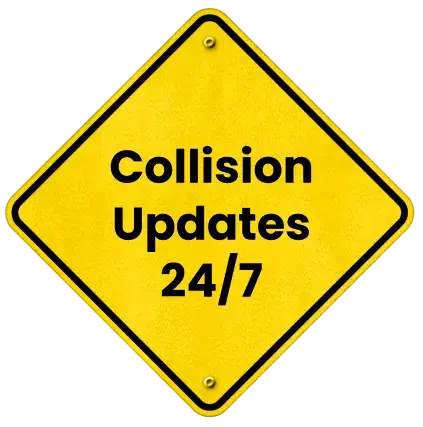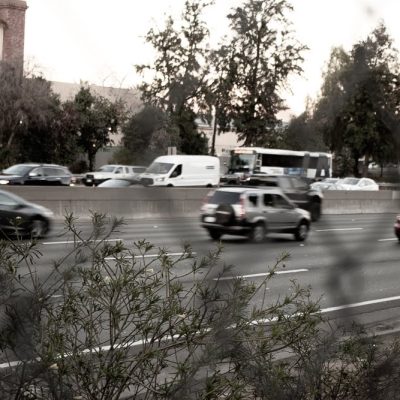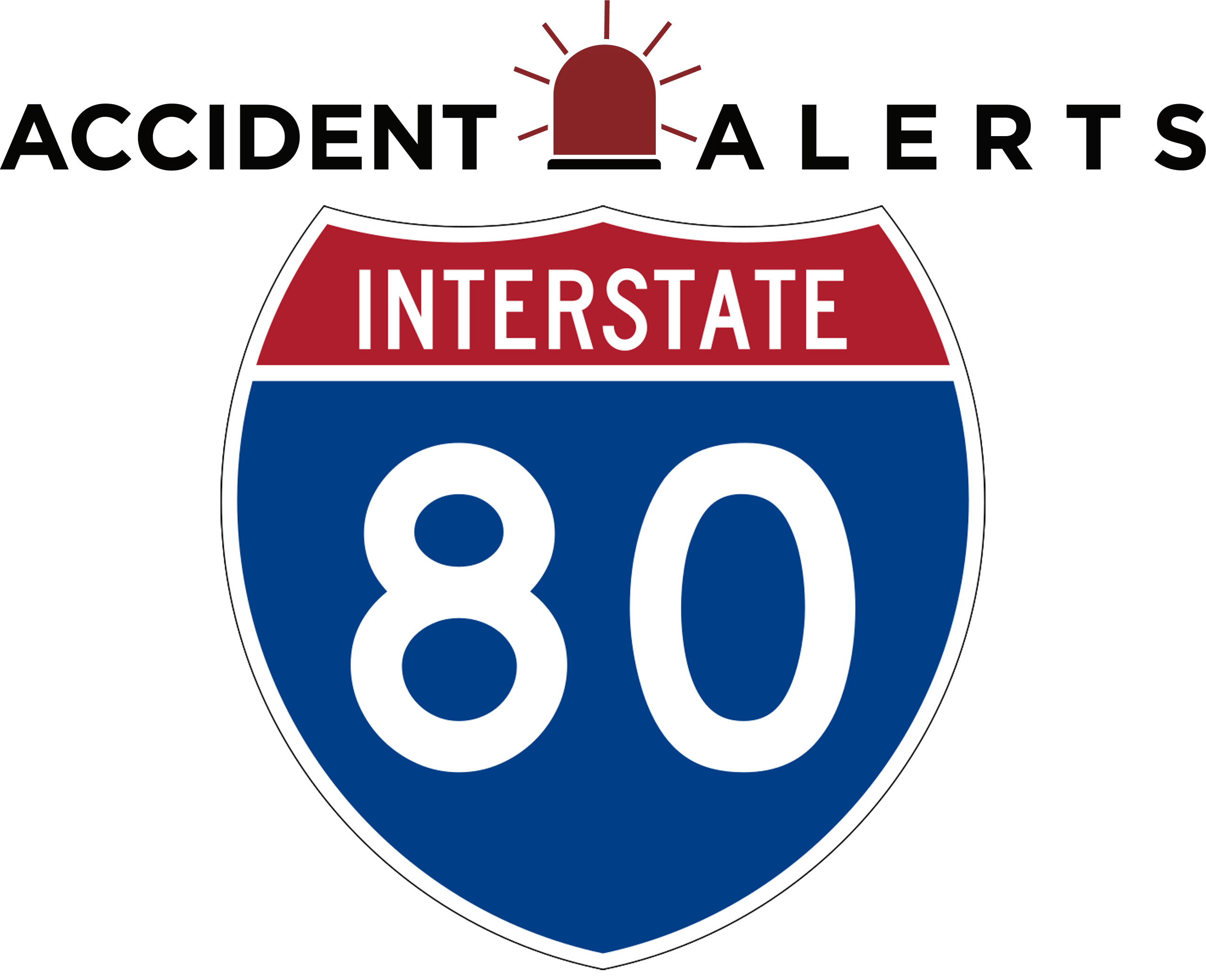
Understanding Bus Crashes on I-80 – Causes, Passenger Rights, and Legal Support


I-80 is one of the busiest highways in California. It connects the Bay Area with the Tahoe region. Tour buses and charter buses use this corridor daily, carrying thousands of passengers.
This route is beautiful but dangerous. Mountain grades, sharp curves, and unpredictable weather increase the risk of serious crashes. In recent years, several I-80 bus accident cases have drawn attention to passenger safety.
This article explains why crashes happen, what rights passengers have, and the steps to take after a tour bus crash on I-80.
Why Bus Crashes Happen on I-80
Bus accidents on I-80 often result from several overlapping risk factors, rather than a single cause. Among the most significant contributors are fatigue, poor maintenance, and challenging weather conditions.
One major issue is driver fatigue. Bus drivers frequently work long shifts, sometimes overnight, which can make it difficult to remain alert. Fatigue slows reaction times and impairs judgment, greatly increasing the likelihood of a crash. This is especially dangerous on the Bay Area to Tahoe stretch of I-80, where ski trips and holiday traffic put extra pressure on drivers to stay awake and focused.
Maintenance failures are another critical factor. Because buses carry large numbers of passengers, every part of the vehicle must be in proper working order. Problems such as worn tires, faulty brakes, or neglected repairs can lead to catastrophic accidents, particularly on steep grades. Even a small mechanical failure can have deadly consequences if routine inspections and repairs are skipped by bus operators.
Weather conditions also play a significant role. The Sierra Nevada region frequently experiences sudden snow, ice, and fog, all of which create hazardous driving conditions. Even seasoned drivers can struggle to maintain control in such situations. Meanwhile, heavy rain in the Bay Area adds additional risks, particularly on sharp curves and steep inclines where visibility and traction are limited.
When these factors converge, the result can be a dangerous environment for buses and other vehicles on I-80. A single mistake or overlooked detail has the potential to trigger a major bus crash that endangers dozens of passengers at once.
Passenger Rights After an I-80 Bus Accident
Passengers on buses are owed a higher level of protection than ordinary travelers. Because bus companies are classified as “common carriers,” they have a legal duty to provide the utmost standard of care and safety. This includes maintaining vehicles in proper working condition, ensuring drivers are fully trained, licensed, and well-rested, and taking reasonable steps to reduce risks such as dangerous weather or mechanical problems.
If these duties are ignored, passengers have the right to pursue compensation for injuries. Negligence comes in different forms: unsafe driving, skipped inspections, or failing to adjust operations for hazardous conditions. When these failures cause harm, the law provides a way for victims to hold operators accountable.
Depending on the type of bus, the standards may vary. Public transit systems often follow municipal or state rules, while private charter and tour buses are usually subject to stricter commercial regulations. School buses, too, are governed by rules designed to protect children. No matter the type, the responsibility to safeguard passengers is essential.
For those injured in an I-80 bus accident, these protections are in place to ensure accountability and to help victims recover physically, emotionally, and financially after a serious crash.
Immediate Steps Passengers Should Take After a Crash
The aftermath of a bus crash is often overwhelming. Passengers may feel shaken, disoriented, or even in shock. In these moments, it is important to know the right steps to take in order to protect personal health and to preserve any future legal claims.
The priority should always be seeking medical attention. Even when injuries seem minor, certain conditions such as concussions, whiplash, or internal trauma may not show symptoms right away. Prompt medical evaluation not only ensures proper treatment but also creates vital records that can support a claim later.
Whenever possible, it is also important to document the scene. Taking photographs of the bus, the roadway, and visible injuries can provide valuable evidence. Writing down details such as the time, weather conditions, and exact location helps capture information while it is still fresh.
Another critical step is collecting information from others at the scene. Passengers should obtain the driver’s name, the bus company’s details, and insurance information. Speaking with fellow passengers and exchanging contact information can also be useful, especially if witness statements are needed later.
Finally, a report should be filed with law enforcement. A police report provides an official account of the crash and can serve as key evidence during the claims process.
By taking these steps promptly, passengers can safeguard their health, ensure proper documentation, and strengthen any potential claims arising from a bus crash on I-80.
Medical and Legal Support for Victims
Bus crashes often result in serious and life-changing injuries. Passengers may suffer broken bones, head trauma, or spinal damage, and some conditions may not appear until days after the incident. Because of this, follow-up medical care is essential. Proper medical documentation not only supports recovery but also plays a pivotal role in securing fair compensation.
Ongoing medical support is one of the most important steps for victims. Attending all follow-up appointments, keeping thorough records of diagnoses and treatments, and saving medical bills create a clear picture of the injuries and their impact. This consistency strengthens both personal health outcomes and any legal claims.
Legal support is equally vital after an I-80 bus accident. Attorneys investigate every possible factor, from driver fatigue logs and work schedules to maintenance records and weather reports. They often consult accident reconstruction experts and gather witness statements to determine how and why the crash occurred.
In many cases, liability is shared among several parties. Responsibility may fall not only on the driver, but also on the bus company, maintenance contractors, or even other motorists involved in the crash. Identifying all responsible parties helps maximize the compensation available to victims.
Compensation may cover medical expenses, lost wages, pain and suffering, and emotional trauma. Every case is different, but strong evidence greatly increases the chances of a fair outcome. Because insurance companies often try to minimize payouts, experienced attorneys negotiate firmly on behalf of victims and, when necessary, take claims to court. With legal representation, passengers do not have to face this challenging process alone.
Contact an Experienced Attorney
If you or a loved one has suffered injuries in an I-80 bus accident, you deserve strong legal support. An experienced car accident attorney can investigate the crash, identify responsible parties, and fight for full compensation. Do not let insurance companies or bus operators minimize your losses.
